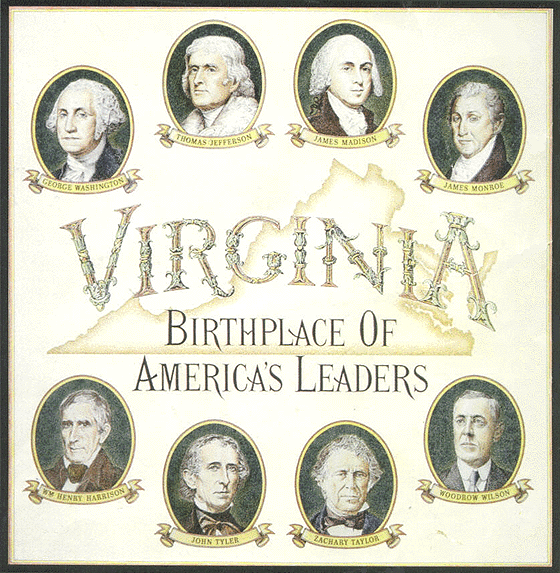Dir. Nora Ephron
Starring: Tom Hanks, Meg Ryan,
Bill Pullman, Ross Malinger
“That’s a chick’s movie!”
“I would agree with you.”
So this is what I am reduced to:
watching a movie that is not only a chick’s movie but that knows it’s a chick’s movie. The late, great Nora Ephron brings us
Tom Hanks and Meg Ryan in Sleepless in
Seattle.
Sam (Philadelphia’s Hanks) is a widower, still struggling to come to
terms with the loss of his wife after two years. His eight-year-old son Jonah
(Ross Malinger), in an attempt to help, phones up a syndicated radio
psychiatrist on Christmas Eve to talk about how his Christmas Wish is for his
Dad to find someone new. Sam’s halting explanation of the love he has lost makes,
it seems, every single woman in America go all googly over him. Once of those
women is reporter Annie (Ryan) who resolves to track him down. But – oh yeah –
Sam is in Seattle and Annie is across the other side of the country in
Baltimore.
Now, I’m not saying that a man
would not enjoy this film. There are some lovely moments in there. Ephron knows
how to write funny dialogue. In the scene quoted above Sam and Greg (Victor
Garber) diss An Affair to Remember,
dubbing it “a chick’s movie”; they
then defend argue that they cry at movies too. Specifically the end of The Dirty Dozen. There’s another great
scene where Rob Reiner’s Jay is trying to tell Sam what the dating scene is
like in the early ‘90s: “Things are
different. First, you have to be friends. You have to like each other. Then you
neck. This can go on for years. Then you have checks. Then you get to do it
with a condom. The good news is: you split the cheque.” He completely
flusters poor Sam by talking about how women love tiramisu. “What’s tiramisu?... Some woman is going to
want me to do it to her and I’m not going to know what it is!”
So that’s all good. But it is a
chick’s movie. The central arc of the film is Annie going from not believing in
“signs” to, you know, believing in
them. This might have been a more involving arc if she was not already totally
irrational. I mean, she overhears someone on the radio and then hunts him down.
Sure, she dresses it up as ‘work’, but she’d better have an understanding boss
at the Baltimore Sun (the same paper
Hornbeck worked for in inherit the Wind)
considering that she puts a return flight to Seattle on expenses just to
exchange one word with Sam. And all the time she strings along her poor fiancé Walter
(Lake Placid’s Bill Pullman), who
seems like a nice enough guy except for him string of allergies and rather
formal name. He even seems happy for her to break up with him after he has just
got Tiffany’s to resize his grandmother’s wedding ring for her. I suppose that
if she broke his heart that might put a bit of a dampener on the happy ending
though.
And meanwhile, the love object is
Generic Woman’s Fantasy Man. Firstly, he is a boyishly cute Tom Hanks. He is in
touch with his emotions and knows what it is to love a woman. He has no fear of
commitment. He is not scared of kids and has already proved himself to be a
good father. He has a well-paid job as an architect. For a woman who is
broodily wanting to settle down I imagine that he ticks all the right boxes. In
this he is much more fleshed out than Ryan’s flaky Annie. Her best friend /
boss (ah, so that’s how the expenses were approved!) Becky (Rosie O’Donnell)
tells her “You don’t want to be in love.
You want to be in love in a movie.”
And that’s how it ends. Sam and
Annie meet. And credits roll. This isn’t the story of a love affair. The film
ends just when the love affair would start. And I suppose we are meant to
expect that it will all end happily ever after. But we don’t see that. We don’t
see the depression Annie suffers from after leaving her job in Baltimore and
struggling to find work in Seattle. We don’t see Sam’s problems with impotence.
We don’t see Jonah knocking up his girlfriend as a teenager. We don’t see the
ill-advised office affair and the grudging forgiveness. We don’t see Sam and
Annie today, twenty years later, dissatisfied with they way that real life isn’t like a movie, going through the motions
and wondering what ever happened to Victoria and Walter.
Maybe I would have reacted to the
film differently had I watched it with my chick. But I watched it by myself and
I can’t help ruminating on the Hollywood lie: that people instantly fall in love
at first sight (or in this case, before first sight). I hope I’m not making a
noose for my own neck here but I did not love my girlfriend at first sight. To
be honest it probably took me almost a year to get to that position. Now I
couldn’t live without her. But does that mean that our relationship is somehow
relegated to the second division because it did not immediately have that “magic” that Sam and Annie have?
In many ways Sleepless in Seattle tries to be too clever. You have eight-year-olds discussing the price of plane
fares to New York (“Nobody knows. It changes
practically every day.”) It is very cinema-literate. Not only is the entire
film inspired by An Affair to Remember (for
which, incidentally, there needs to be a huge ‘Spoiler Alert’ warning), but it
also references Fatal Attraction and
the aforementioned The Dirty Dozen.
The opening music is ‘As Time Goes By’
which was, of course, the theme to Casablanca.
The soundtrack comprised of classic crooners like Nat ‘King’ Cole and Harry
Connick Jr (for those under the age of 20, he was the early ‘90s’ Michael
Buble) works well – until you get to the closing number sung by Switzerland’s
1988 Eurovision Song Contest winning artist Celine Dion over a soft rock synth
beat. At the same time it tries to be clever-clever and whimsically irrational.
But it clearly meets the expectations of so many people out there because it is
reknowned as a classic. It’s not a classic. But it’s okay.
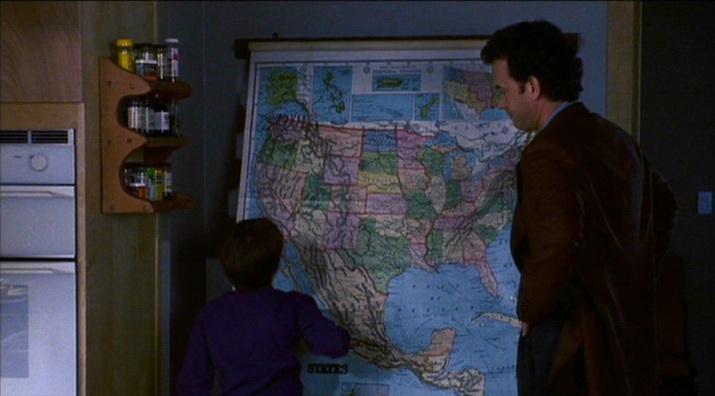 |
| Cuba was inappropriately horny |
What have I learnt about
Washington?
Annie is told that it rains nine
months of the year in Seattle though we do not see that in the film. There is a
lot of water about. Sam and Jonah live literally on the water in a floating
house and take boat rides across the bay. No wonder Jonah – with a name like
that – has nightmares about the place flooding! Seattle seems closer to the rest
of the US than I imagined. There are frequent flights to New York for example
(Sam takes off not long after Jonah), and New Year’s fireworks are set off when
the clock strikes midnight in New York, despite the time difference.
Can we go there?
The film jumps around all over
the place – from Chicago to Seattle to Baltimore to Washington to New York.
In Seattle
the main sites are the Baldwins’ houseboat which still exists at 2460 Westlake
Avenue in Lake Union and the 103-year-old Athenian Inn, where Jay tells Sam about the dark pleasures of tiramisu. The
spot where they sat has been helpfully marked. The Inn is located in the historic Pike Place Market, where Sam and Victoria go shopping for ingredients.
In Baltimore Annie lived in the Fells Point neighbourhood. And in New York Annie meets Waler at the Plaza, goes
shopping at Tiffany’s, drinks champagne at the (currently closed since 2009) Rainbow Room
in the Rockefeller Centre – and then dumps her fiance to meet Sam and Jonah on the
observation deck of the Empire State Building.
Overall Rating: 3/5

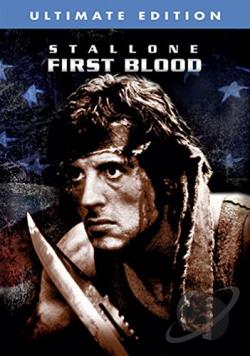


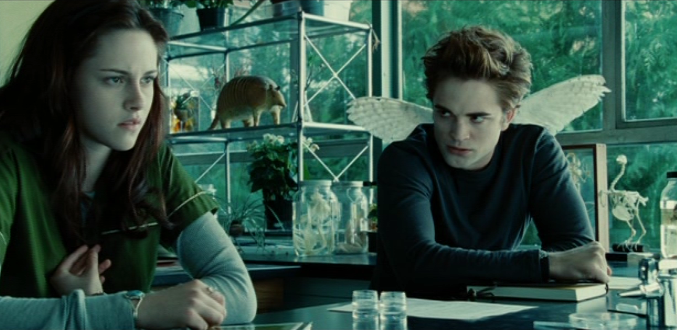


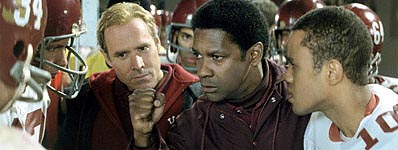

-Cary-Grant-752787.png)


